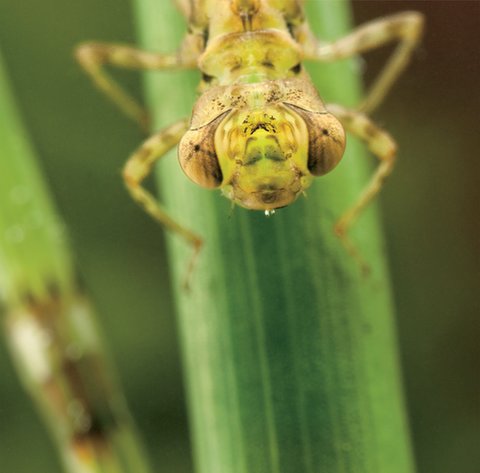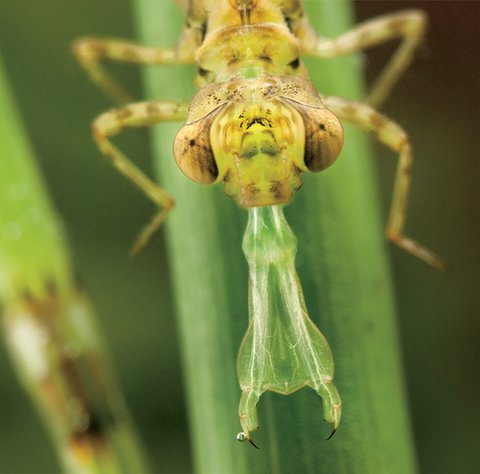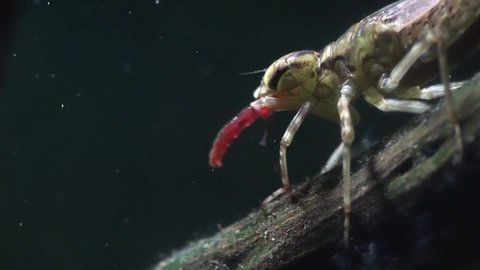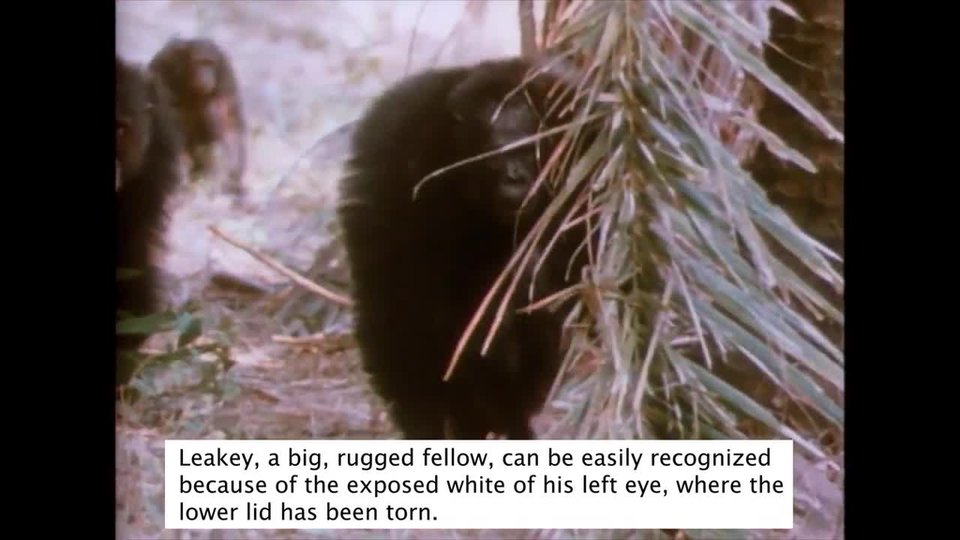CatchingPrey
Asanymph,thesouthernhawkerhasaspecialwayofcatchingprey.Itfoldsitslipbeneathitsheadwhenit’snothunting.Whenitseesprey,thelipshootsforward.Theinsectstabsthepreywiththesharpspinesonthe lip.
Next,thenymphpullsitslowerlipbacktowarditsjaws.Thejawsarestrongandtoughandlinedwithteeth.Theycutthepreyinto pieces.
Asthenympheats,itgrows.Asitgrows,itmolts.Anymphmaymoltasmanyaseighttimes.Thetimebetweeneachmoltiscalledaninstar.Lifeasanymphislong.Itcanlastseveral years.
Anymphshootsoutitslowerliptocatch prey.
fish

Oncecaught,
thepreyisquickly eatenbythe nymph.

AFinalChange
Inthelaststagesofmetamorphosis,thesouthernhawkercannolongerhuntandeat.Itneedstomoltonelasttime.Itwaitsuntilnight.Itclimbsupthestemofawater plant.
Theinsectpumpsfluidsintoitsbody.Theexoskeletonsplits.Itpushesitsbodythroughthisgap.Itsheadandlegsfollow.Thenitpumpsfluidsintoitsnewwingstoexpand them.
FromLarvatoAdult
Takeacloserlookatthejourneyofa dragonfly:

Emerging Nymph
Thelarvaleavesitseggandentersthewaterasa nymph.
Instar Stages
Asthenymphgrows,itmoltsandformsanewexoskeleton.Itwillmolt
several times.
Final Molt
Thenymphleavesthewaterasitsexoskeletonsplitsonelast time.
Emerging Dragonfly
Thedragonflyclimbsoutofitsexoskeleton.Itwaitsforitsnewskinto harden.
Readyfor Flight
Theadultdragonflyopensitswingsinthesunlight.Thenittakesitsfirst flight.



